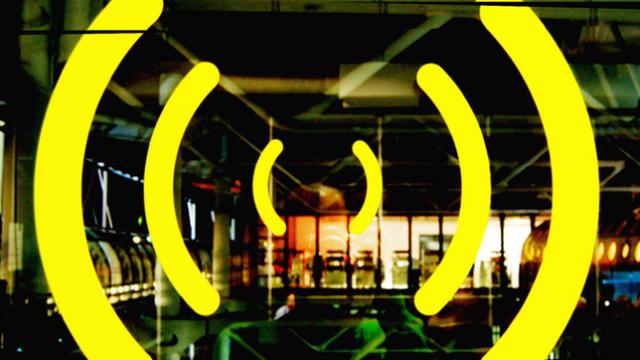Your wireless network could know exactly where you are. Engineers at MIT have developed a new tool that uses wireless signals to let them calculate your location to within a few centimetres — and it’s so accurate it could help them eradicate Wi-Fi passwords.
The tool, called Chronos and created by a team form MIT’s Computer Science and Artificial Intelligence Lab, uses time-of-flight information from the wireless signals to calculate the distance from a router to a device. It does that by hopping between different frequency channels, calculating a time of flight for each different band. Then the technology combines those results to work out the most likely distance from router to user.
There were obviously some pretty major problems the team had to overcome to develop the system, the biggest of which was probably the fact that Wi-Fi signals bounce around. A lot. That means that time-of-flight doesn’t necessarily equate to the true distance. To overcome that, the team developed algorithms to sift through detected signals and choose the one with the shortest time-of-flight, using that as the direct path.
The team claims that the technique is 20 times more accurate than existing Wi-Fi localisation systems. But what does that mean in reality?
Well, the team has tried out the technique in a variety of settings. They have tested it using regular Wi-Fi networks in an apartment and a cafe, trying to identify the location of people using the network. The analysis provided position to within tens of centimetres, allowing them to work out which customers were sitting just inside the coffee shop and which were just outside the window with 97 per cent accuracy.
The team also used it to maintain a constant distance between a drone and its pilot. They were able to have a drone fly 1.37m from the user with a margin for error of just a few centimetres.
The team reckons that the system could be accurate enough to remove passwords from Wi-Fi networks in environments like coffee shops. The router would simply detect if you were within an approved physical space then give you access accordingly. There’s also scope for using it detect human presence for providing targeted services in the home, too.
“Imagine having a system like this at home that can continuously adapt the heating and cooling depending on number of people in the home and where they are” explained Dina Katabi, one of the researchers.
That’s all to ignore the potential issues of being tracked while using a Wi-Fi network, of course. But if you’re that paranoid, you probably shouldn’t be using coffee shop Wi-Fi in the first place.
Image by when i was a bird
